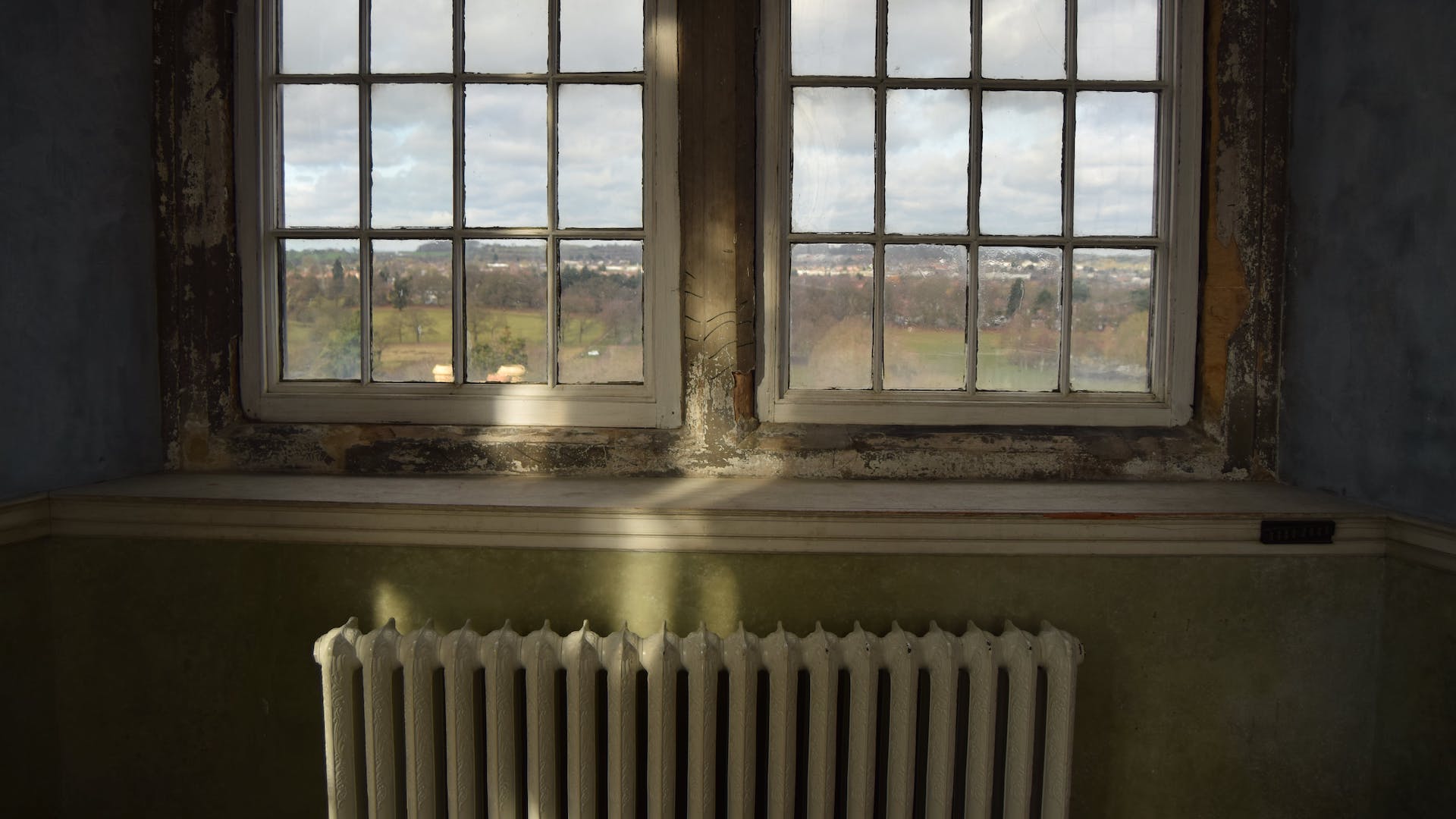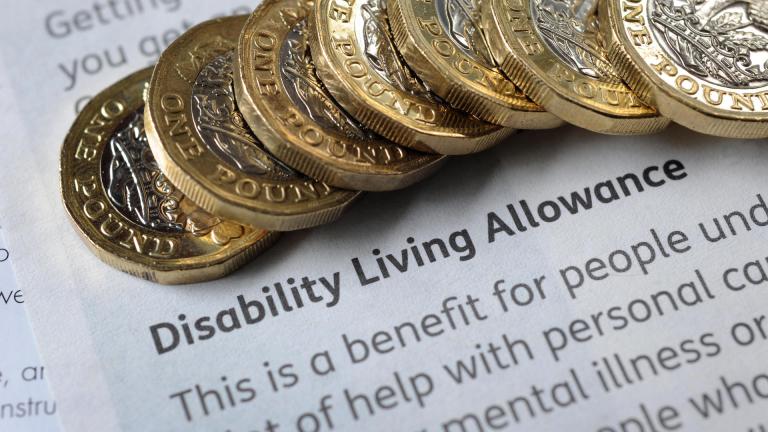Winter is just around the corner and, as the UK continues to grapple with the cost of living crisis, cold homes remain a persistent and deeply damaging health issue.
The government’s decision to ease cuts to winter fuel payments after public and political pressure shows the scale of concern. But one-off measures cannot address the underlying structural drivers of fuel poverty. That is why the forthcoming warm homes plan must deliver on its promise.
The scale of the challenge is stark. More than eight million households spent more than 10% of their income on energy in 2024. Despite a fall in Great Britain’s price cap this summer, energy bills remain 43% higher than 2021-22 levels, and energy debt has risen to record levels as millions struggle to keep up with their bills. When National Energy Action and YouGov polled British adults in January, half (49%) reported that they are likely to ration energy in the spring, while only 42% said they could comfortably afford their heating last winter without cutting back elsewhere.
Read more:
- Disabled families use foil blankets to keep warm as energy bills keep surging: ‘We have to keep going’
- Fuel poverty in the UK: Why can’t people pay their energy bills?
- Gaslighting the public: How the energy industry is profiting from our pain as bills are set to go up
This isn’t just an affordability issue – it is a health issue. The Health Foundation has found that problem debt can harm both physical and mental health: through stress; reduced income for essentials and products that promote good health; and increased reliance on health-harming coping behaviours. Nearly half (46%) of those in problem debt report their health as ‘less than good’, compared to 23% of those not in debt.
While fuel poverty is often framed as an energy policy challenge, it also represents a public health crisis and should be a critical part of the government’s health mission. Cold homes are estimated to cost the NHS more than £1 billion each year because they exacerbate physical health issues such as respiratory and cardiovascular problems, and can cause, and exacerbate, mental health issues. The NHS 10-year plan recognises the health risks of damp and mould in people’s homes, and proposed updates to the Decent Homes Standard strengthen obligations on landlords to address damp and mould.









